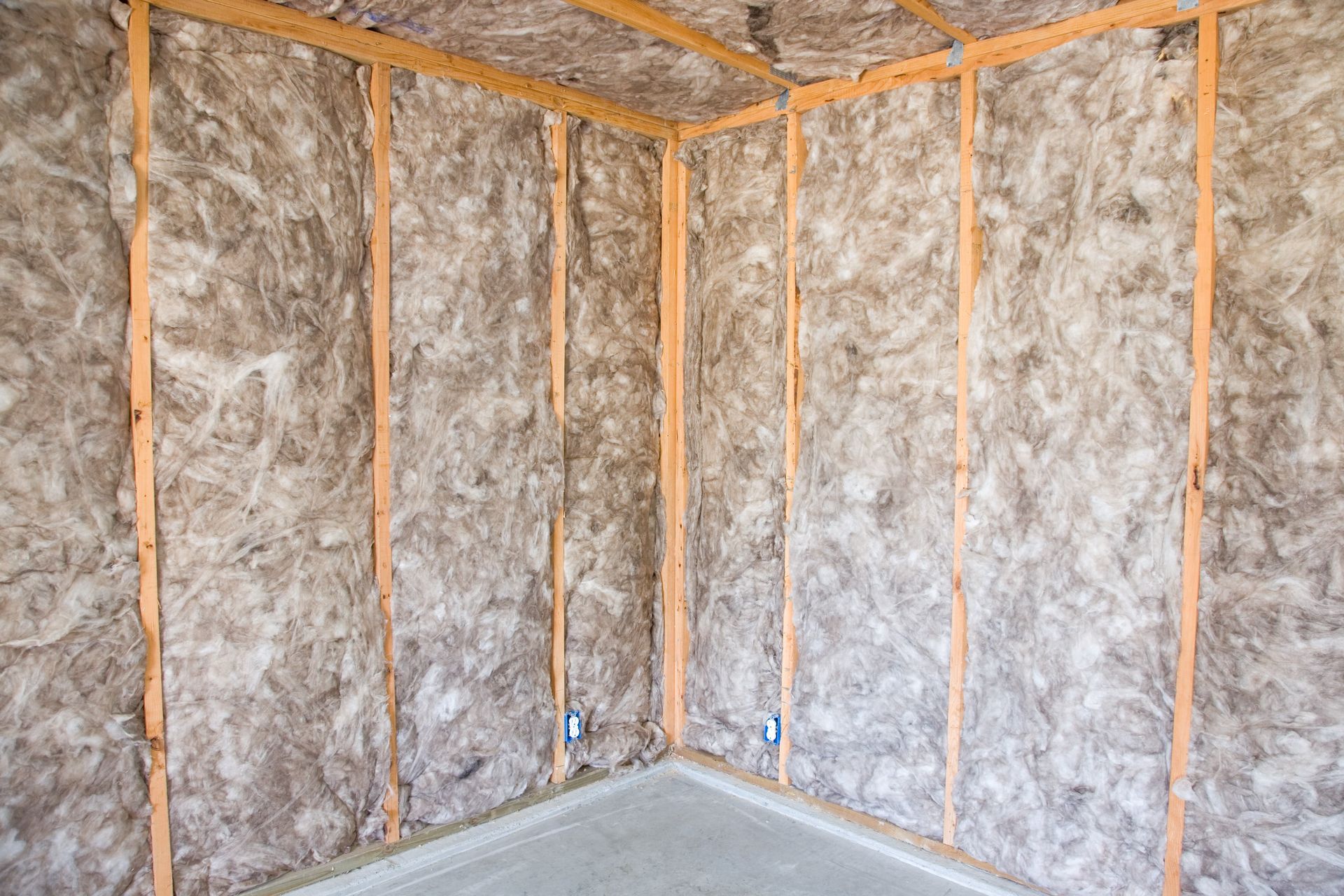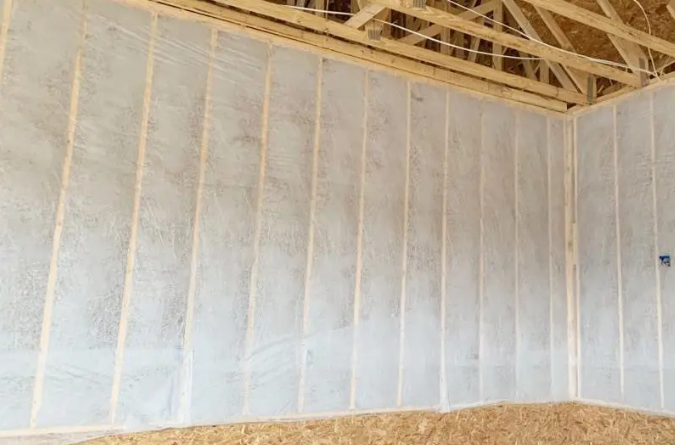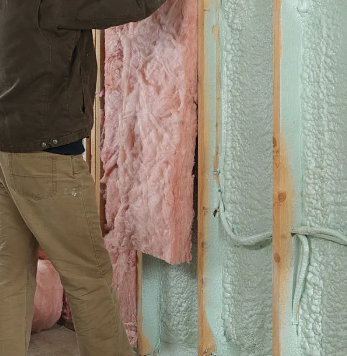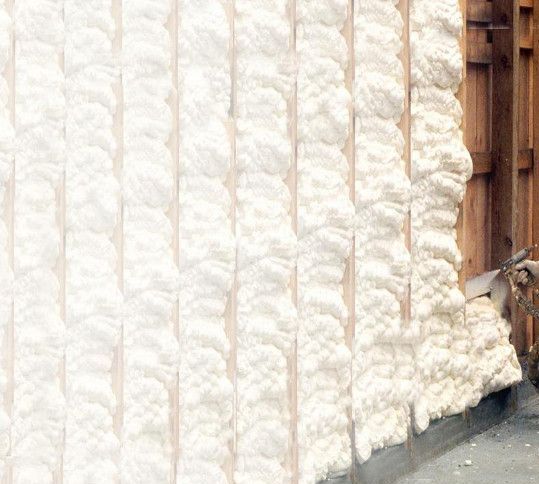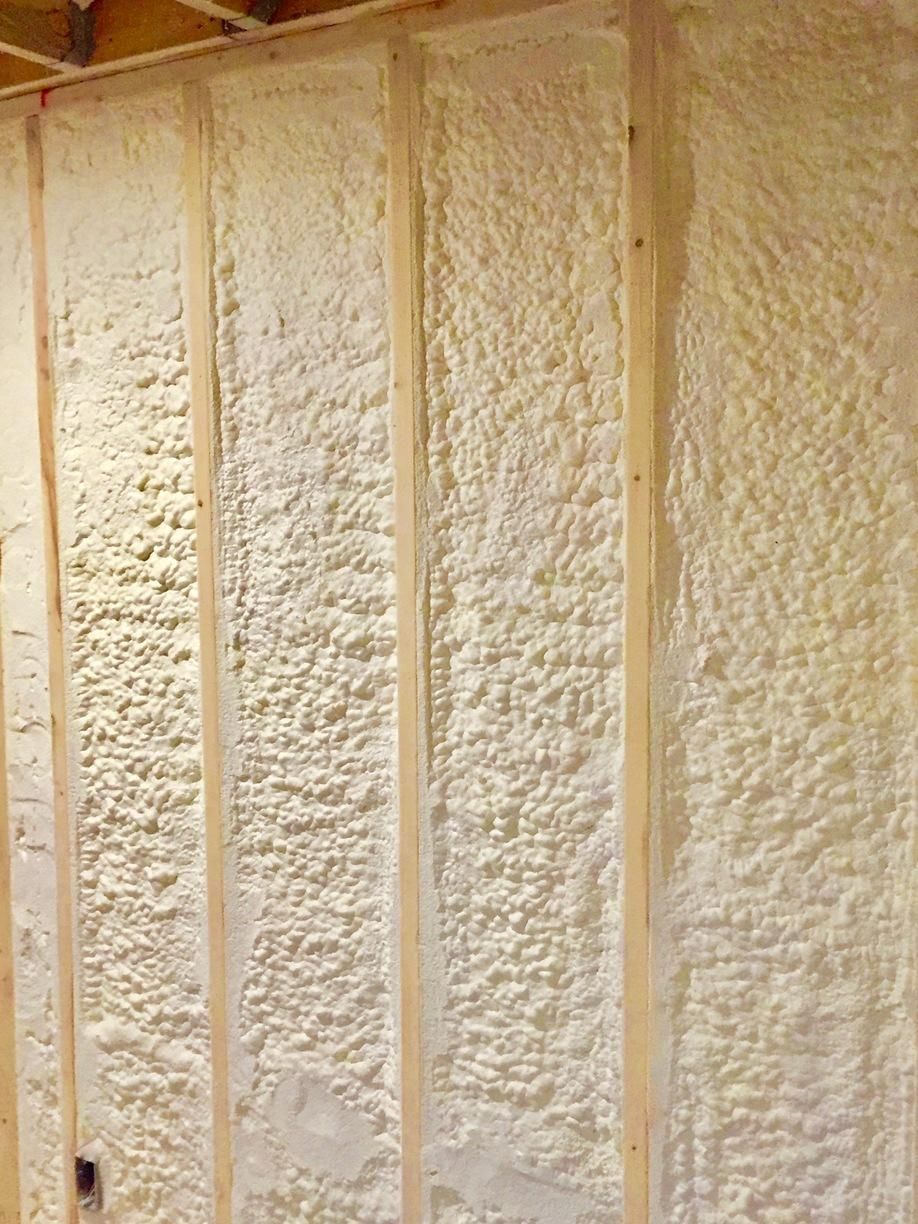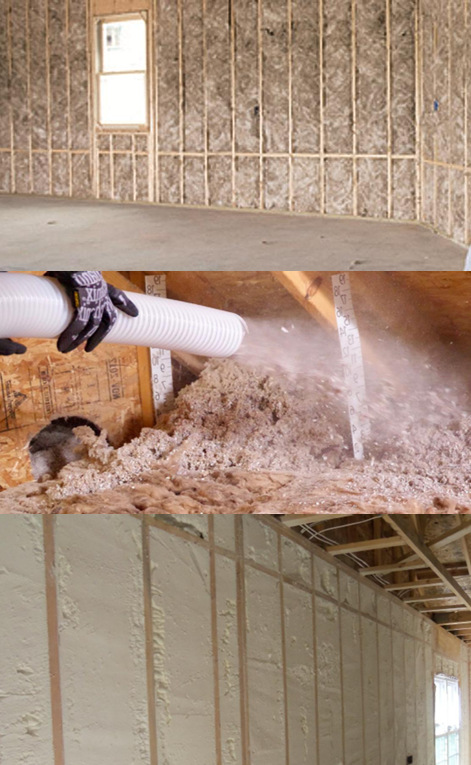Insulation
Insulation is essential for maintaining a comfortable and energy-efficient home. It effectively regulates indoor temperatures by minimizing heat loss during winter and curbing heat gain in summer. By understanding R-value and selecting the appropriate insulation for your climate, you can reduce your energy expenses and enhance your home’s comfort.
Whether you’re constructing a new home or aiming to enhance the energy efficiency of your existing one, we are here to assist you.
What is R-Value?
R-value measures how well insulation resists heat flow, with higher values indicating better performance. Typically, R-values range from R-13 to R-60, based on insulation type and use. Recommended R-values for exterior walls are R-13 to R-23, while ceilings and attics usually require R-30 to R-49, depending on climate and building codes.
Factors Affecting R-Value:
- Material type: Different materials, like fiberglass and foam board, have varying R-values, affecting effectiveness.
- Thickness: Thicker insulation increases heat resistance, improving heat retention or blockage.
- Density: Denser materials provide better thermal resistance and higher R-value per inch.
- Installation quality: Gaps and misalignments can lessen effectiveness, making proper installation crucial.
- Moisture Content: Moisture reduces R-value, so using moisture-resistant materials and keeping insulation dry is important.


